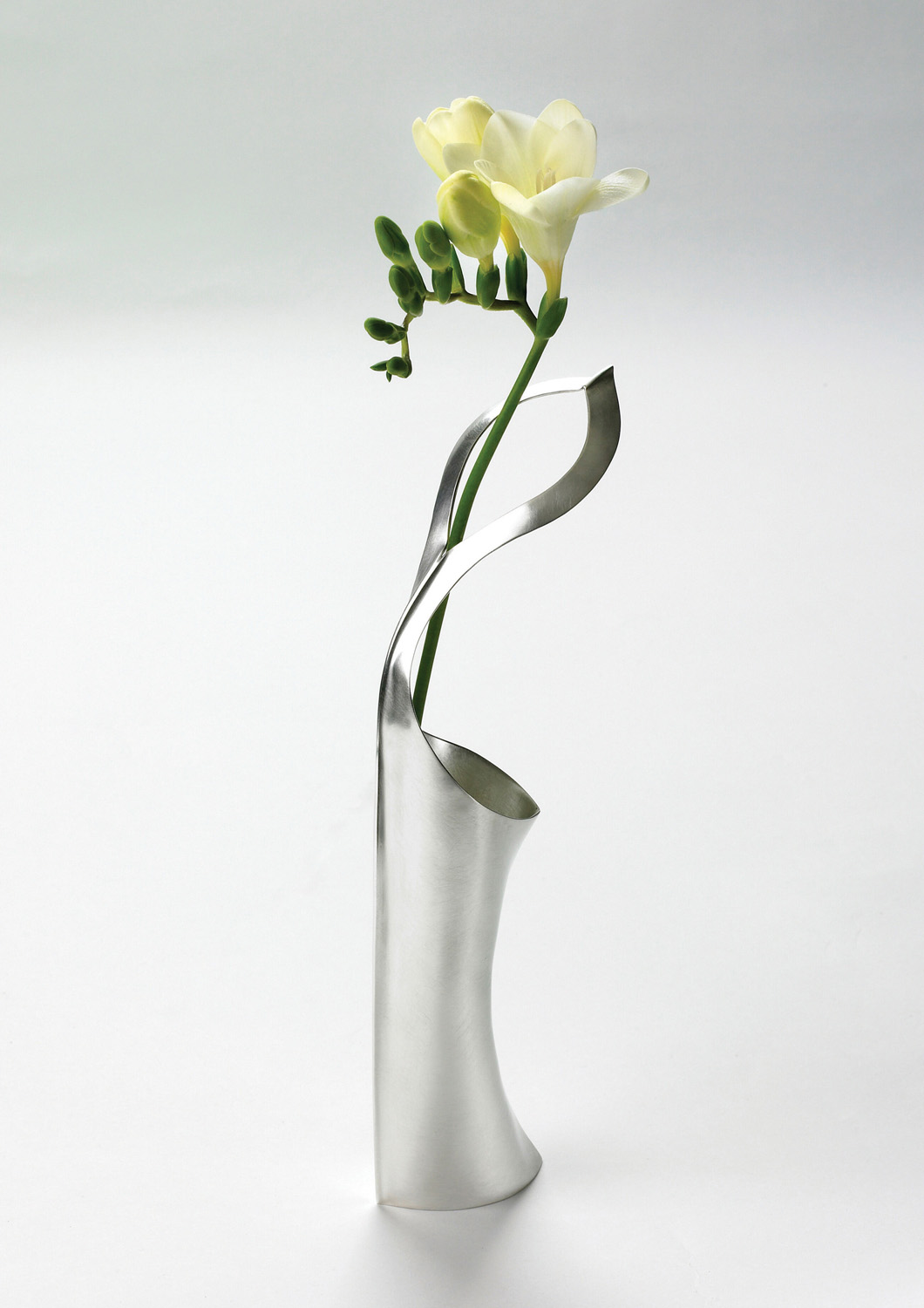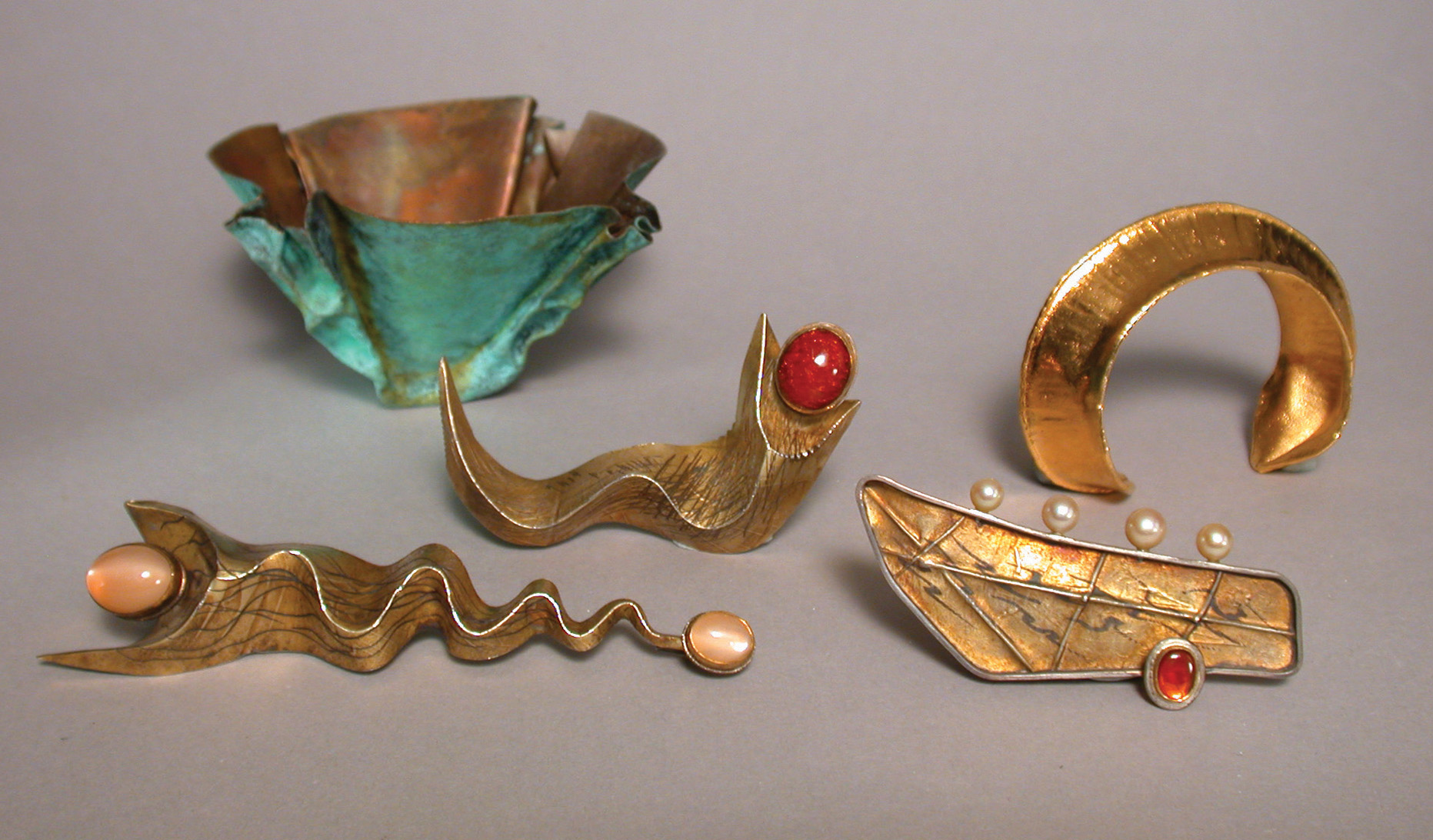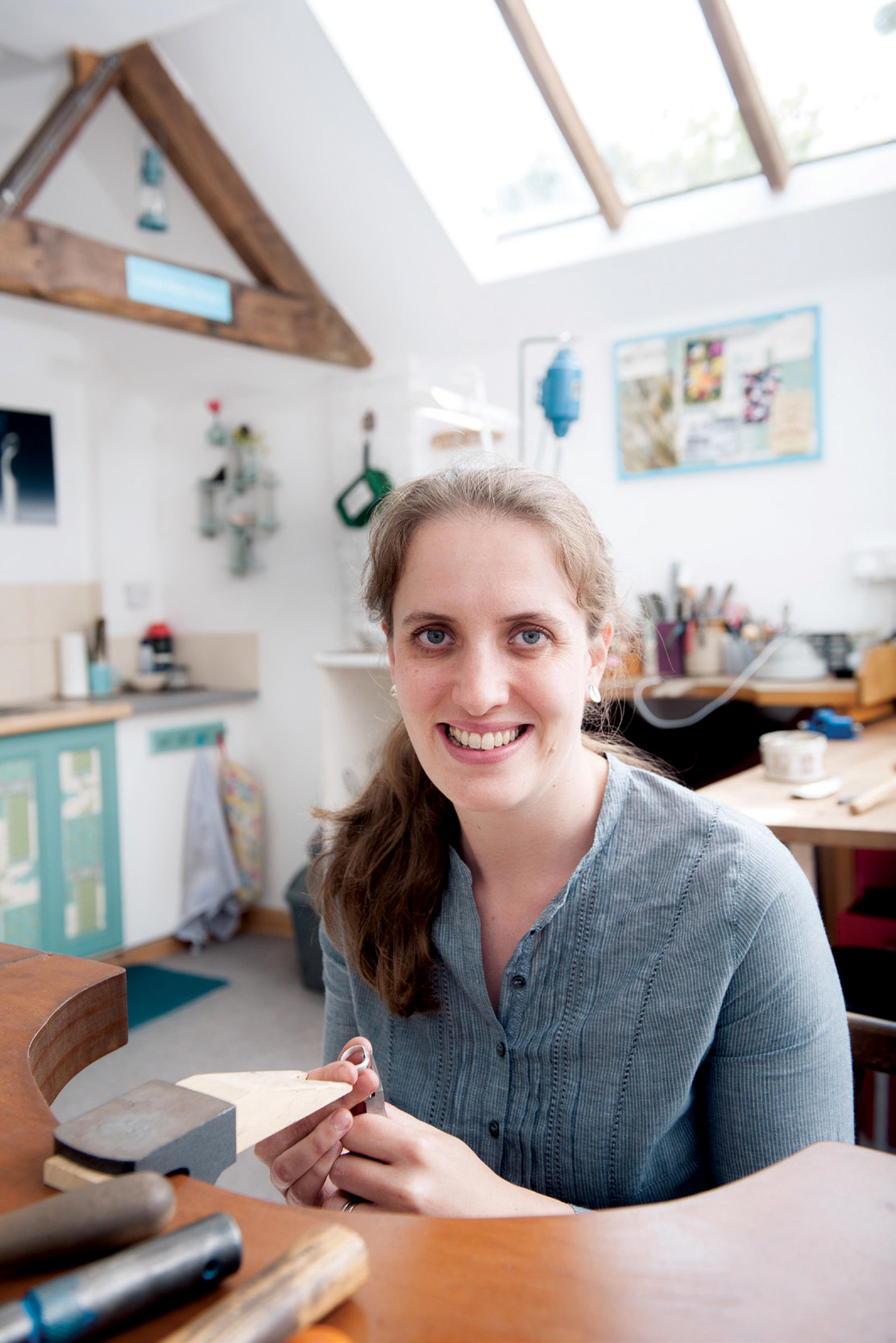Fold Forming
for Jewellers and
Metalsmiths

Fold Forming
for Jewellers and
Metalsmiths
Louise Mary Muttitt

THE CROWOOD PRESS
First published in 2017 by
The Crowood Press Ltd
Ramsbury, Marlborough
Wiltshire SN8 2HR
www.crowood.com
This e-book first published in 2017
Louise Mary Muttitt 2017
All rights reserved. This e-book is copyright material and must not be copied, reproduced, transferred, distributed, leased, licensed or publicly performed or used in any way except as specifically permitted in writing by the publishers, as allowed under the terms and conditions under which it was purchased or as strictly permitted by applicable copyright law. Any unauthorised distribution or use of this text may be a direct infringement of the authors and publishers rights, and those responsible may be liable in law accordingly.
British Library Cataloguing-in-Publication Data
A catalogue record for this book is available from the British Library.
ISBN 978 1 78500 273 1
Frontispiece: Leaf Bowl and Scoop by Louise Mary Muttitt
Dedication
To my children, my rays of sunshine, Bryony and Freddy
CONTENTS
INTRODUCTION

What is Fold Forming?

Fig. 0.1 A collection of fold forms by the inventor of fold forming, Charles Lewton-Brain.
Fold forming is the name coined by Canadian metalsmith Charles Lewton-Brain to describe the process of folding sheet metal, then somehow compressing the fold usually with a hammer. This folded piece is then sometimes further worked into by forging, before opening out to reveal the created form. Charles Lewton-Brain is the inventor and the world leader in developing the science and art known as fold forming, and there are now many artists and metalsmiths around the world exploring this fascinating technique.
When fold forming is carried out on a piece of sheet metal, it is distorted and shaped in ways that result in the maker having a greater understanding of the properties of sheet metal. Some amazing forms are created that very strongly imitate those found in nature. It is as if the forms have grown from the metal, which is a good way to think of the process when practising it.
When forging the metal during fold forming the metal becomes thinner, but this does not necessarily weaken the form; in fact the resulting fold makes it stronger structurally. Fold forming is a very free process, and the maker can make decisions about the form being created while working on it in an intuitive manner. As it is a less restrictive process than some other metalworking methods, it enables artists to express their ideas through form in a dynamic way.
Among the many different influences on fold forming are the crafts of origami and textiles, for example paper chains and smocking. However, metal can go much further than paper or fabric. The properties of metal allow it to be manipulated and stretched thin like clay yet hold its shape like card. From even the simplest of folding techniques, there is great joy to be found in discovering and exploring the processes described in this book, and from these many starting points you can go on to explore and discover on your own. gives some pointers for this onward journey.
Discovering Fold Forming
For me, discovering fold forming was serendipitous. I initially had no idea that the process I was exploring was already a named technique, and so my early work evolved on a trial and error basis. It came about during my university degree at Sheffield Hallam University. In 2005 I was working on my final year project, creating spoons. I initially tried the traditional technique of forging the spoon from a bar of metal. The main reason that spoons are forged in this way is so that the main bowl of the spoon is forged from a thicker piece of metal in order to retain thickness at the weakest point in the spoon, which is where the handle meets the bowl. When trying this technique, I realized this was a very time-consuming and labour-intensive process, so I wondered if there was a way to create this strength at the point where the handle meets the bowl using another method. At the same time as considering this practical problem, my workspace was covered in gathered visual research, consisting mainly of structures from nature that combine elegance and delicacy with engineered brilliance; this visual research spanned diverse forms from seed heads to feathers and leaves.

Fig. 0.2 Fold-formed leaf spoons in sterling silver by Louise Mary Muttitt.

Fig. 0.3 Traditional silversmithing techniques can be incorporated into fold formed pieces. Here, the technique of blocking using a wooden egg-shaped mallet supported on a leather sandbag is being used to add a soft curve to the form of a silver leaf bowl that has already had a line fold worked into the sheet metal.
With these in mind, I began working from sheet metal and creating leaf shapes with long stems, imagining the leaf as the bowl of the spoon and the stem as the handle. I then managed to make use of an industrial metalworking tool in the university workshop, through which I could pass the metal to create a bend. My leaf spoons now had a spine, which made them strong along their entire length. I had found a solution and it was considerably less labour-intensive than the traditional forging method: no soldering required, and strength naturally running along the handle into the bowl of the spoon. There was also the surprising additional benefit of this shape being very ergonomic.
When I left university in 2005 I no longer had access to the industrial bending tool so I had to work out how to make my leaf spoons with the limited tools I had available. I began folding the metal freehand using a hide mallet and a vice, then passing the folded metal through the rolling mill, annealing and opening the fold formed spoon. The process was a success, and in the years since I have continued experimenting and refining these techniques based on a trial and error approach to develop my range of silverware and jewellery, incorporating my own version of fold forming. The range now includes pieces of silverware such as candlesticks and vases, and many pieces of jewellery such as earrings, bracelets and necklaces. Subtle variations in metal thickness and scale are considered to ensure that my pieces are practical as well as aesthetically appealing, and the strong influence of natural forms is still highly evident in my work.

Fig. 0.4 The author at work in her studio in South Derbyshire.
In 2012 I attended a summer school at Birmingham School of Jewellery taught by inspiring metalsmith Cynthia Eid. It was so interesting to be taught the process which I had already explored extensively independently. As well as broadening my knowledge of basic fold forming, the course also introduced me to micro folding and use of Argentium silver, which lends itself very well to fold forming. Armed with even more tools and also having dedicated a full week to freely experimenting not something I can often do as a practising designer/maker my fold-forming work has progressed further than I could have ever imagined from those first few experiments at university. Attending a course for a technique such as fold forming is very stimulating as the other course participants discover and experiment alongside you, sharing their discoveries and bringing their thoughts to the process. This experience is particularly rewarding for those of us who spend most of our time working solo in our studios.
Next page

















